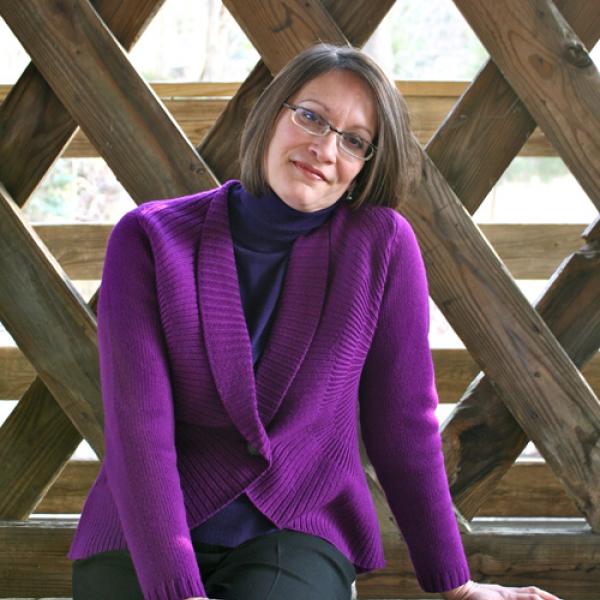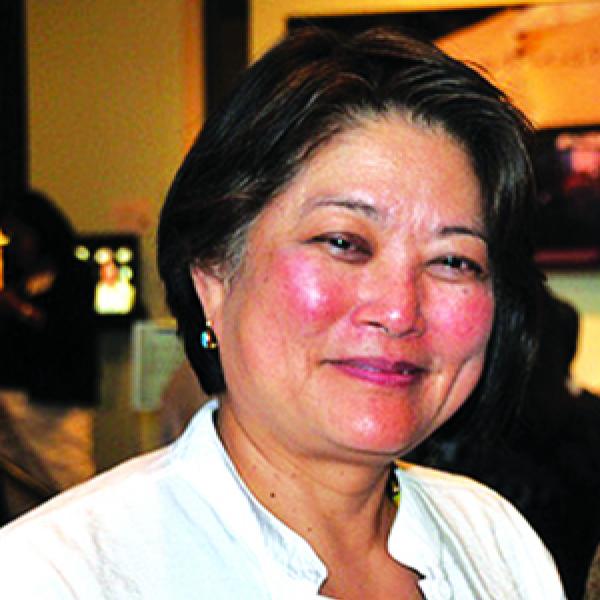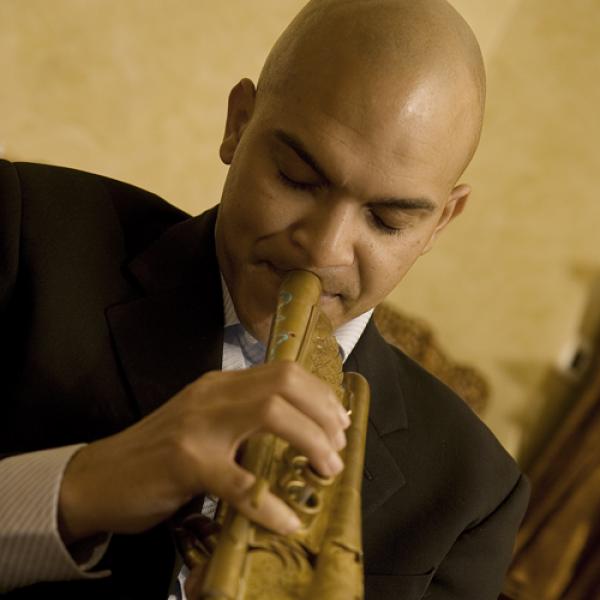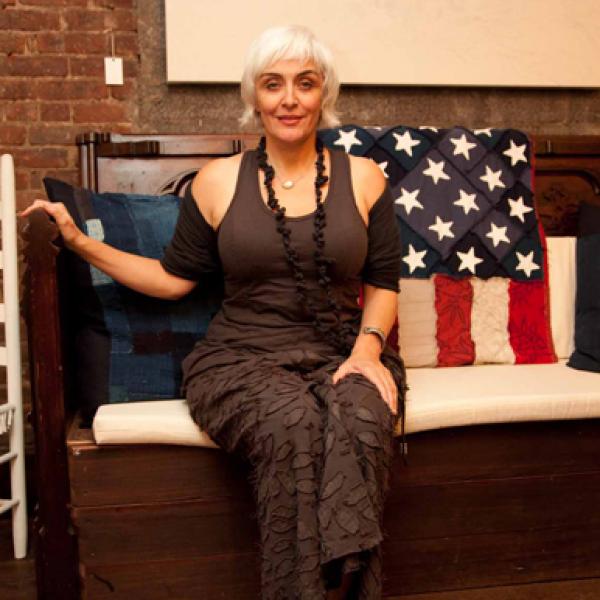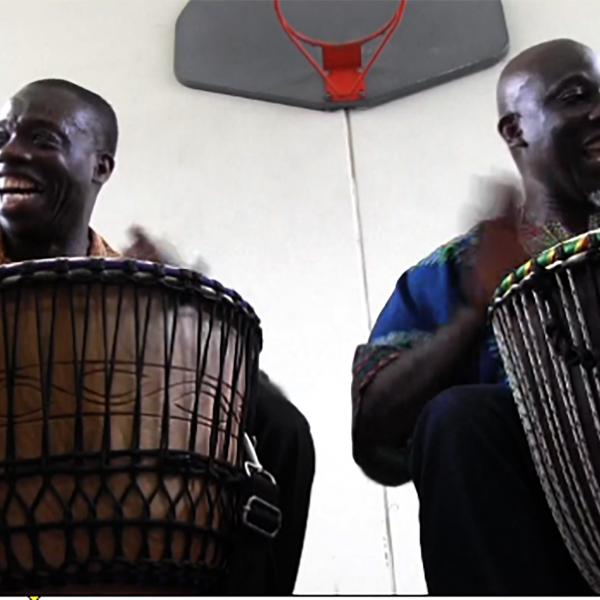DJ Kurs
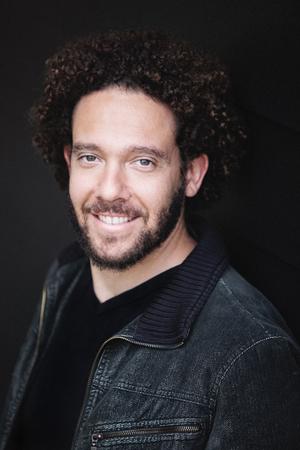
For deaf individuals, the inherently verbal nature of theater poses obvious, often prohibitive challenges. While some theaters have made closed captioning available to audiences, others approach deafness as a unique artistic opportunity rather than as an obstacle to be worked around. One of the most prominent organizations in this latter category is Los Angeles’ Deaf West Theatre, created specifically for and by the deaf community. At Deaf West, a frequent NEA grantee, deaf and hearing actors perform onstage in a mix of American Sign Language (ASL) and spoken language, opening new cultural and professional opportunities for deaf audiences and actors, while exposing hearing patrons to deaf culture. In an e-mail interview with NEA Senior Advisor for Program Innovation Bill O’Brien, Artistic Director DJ Kurs wrote about the role his theater plays within the deaf community.
Cultivating Community Pride
I have been going to Deaf West plays since I was 13, but it wasn’t until Big River (2002) when I realized what a Deaf West play truly does in terms of audience impact. I saw uninitiated patrons fall in love with our culture and language after seeing that play, and I immediately understood that a Deaf West play was a powerful medium that could effect change in the minds and hearts of our community. It was clear that this show came from a place where deaf people were in charge, and to this day I feel that art is the best way to achieve the political and cultural goals of our community.
In this age of Facebook and videophones, there aren’t very many reasons for our community to gather, and I’m very proud of the sense of community that our theater fosters. We truly excel in audience development, and a sizable portion of our audience has never seen a Deaf West show before. Our loyal patrons come out to the theater partly because they’re always curious about the new deaf actors that we cast, or the deaf designers and crew that worked to make the show a reality. We are very passionate about putting deaf artists to work because there are so few venues for them to ply their craft, and because we want to show the world how it’s done, especially here in Los Angeles where there is so much proximity to film and television production.

Bridging the Hearing Divide
Our patrons can be divided into two groups: people who know ASL and people who don’t.
On the stage, we have talent from opposing sides of the spectrum: there are deaf actors who have been performing with us for years, and on the other end there are hearing actors who are new to the deaf world. There is a comparable mix in the audience. There are patrons who have been coming for 20 years and then people who have never met deaf people. For two hours in the dark, all becomes one. This community is a beautiful thing to behold.
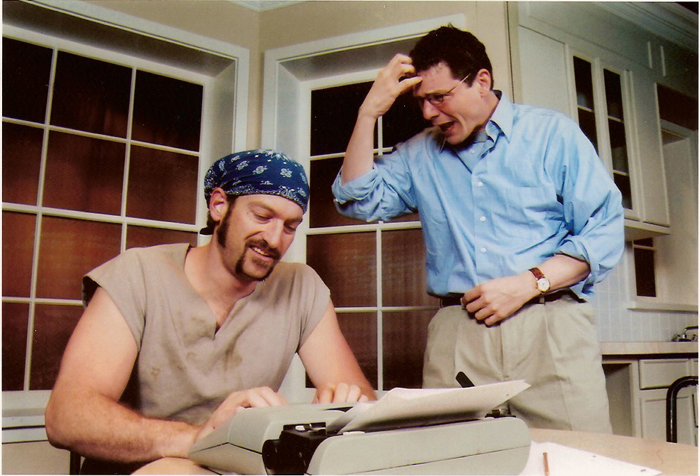
Translating to Speak to All
When we consider a production, the first question we will ask is: does it speak to our core audience? It took years to build trust with our deaf patrons, and they expect us to meet that standard. Then we will ask if it will also appeal to the greater public: we want it to have a footprint beyond our community. There’s a sweet spot in which a production can speak to all audiences, and I like to think that we hit it every once in a while.
Our Founding Artistic Director Ed Waterstreet felt that Deaf West Theatre had to appeal directly to the deaf community in order to succeed. He knew deaf actors rise to the challenge of performing to deaf patrons, and that having them bring their “A” game would result in a ripple effect on the hearing actors on the stage and the non-signers in the audience.
Translating the play from English to ASL is a very important part of our process. ASL operates on parameters that are completely different than English, and our ASL Masters work intensively with our actors so that they may approximate each line of written dialogue with its signed equivalent. It’s like capturing lighting in a bottle, and the magic reaches everyone in the audience.
We encourage our writers and directors to present a vision that embraces the frisson between hearing and deaf actors amid a seamless ballet of signed and spoken dialogue. Stephen Sachs, who adapted our co-production of Cyrano, had Cyrano enlist his hearing brother Chris to woo the hearing Roxy, resulting in a fresh take on a familiar story. Instead of relying on time-worn staging approaches, we try to stretch the boundaries with each show.
Educating the Next Generation
Our educational program [Dramatic Gestures] introduces hearing students to the deaf world. By teaching them and performing to them, we are creating valuable exposure that will be the building blocks for future audiences of our theater. We also dedicate considerable time with deaf students across Southern California. Our teaching artists know that deaf children are born communicators, and they draw on these skills to teach them visual vernacular, where sign language stories are told by drawing on the language of cinema. We recently hosted a production performed by students from Marlton School for the Deaf, an inner-city school. This original play addressed the Deaf President Now movement that took place at Gallaudet University in 1988, and the enthralling result was a close cousin of the celebratory folk plays that you find in any culture.

A teaching artist working with students as part of Deaf West’s Dramatic Gestures educational program. Photo courtesy of Deaf West Theatre
Seminal Moments, Past and Future
I hate to bring up another deaf/hearing dichotomy, because our shows are so much more than that. But I wish I could take credit for Big River. Witnessing the evolving relationship between the deaf Huck and the hearing slave Jim was an all-time revelation. If I can develop a show that achieves one-eighth of the artistic brilliance of Big River, I will have died a happy man.
I totally bought deaf Stanley and hearing Stella in A Streetcar Named Desire (2001). The gulf between them was a Tennessee Williams-powered exploration of the negative space that exists between the deaf community and the rest of the world. And Flowers for Algernon (2013) hit close to home: through the story of a developmentally disabled man who undergoes a procedure to become unnaturally intelligent (we had a ghostly young boy voicing for our deaf lead up until the procedure, when an adult male takes over the voice), our deaf patrons saw echoes of the prevalent desire to fix our deafness through technological means.
We are presenting Spring Awakening, which I feel embodies the divide between deaf children and the hearing parents that do not share their world. And we are also developing a musical in which the rhythms and the beats of the music come from signed songs that our deaf actors develop. Past that, we want to present works by deaf playwrights. Theater is not typically an art form that is accessible to our community, and we hope to find and nurture new voices. I want to create an environment where deaf writers pound original plays out on camera, in our first language, ASL, without having ever touched a pen.



